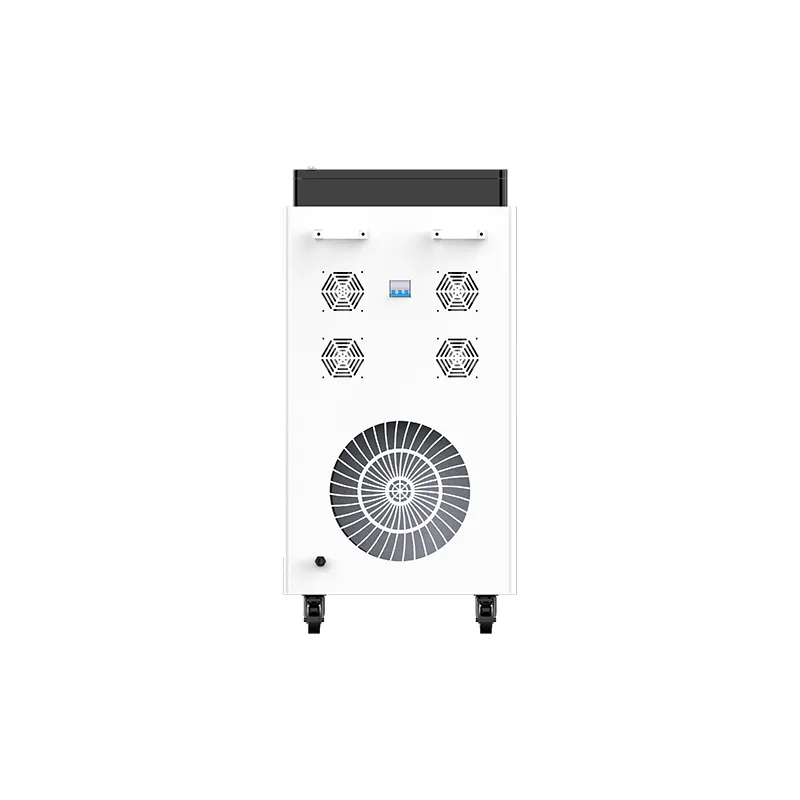 English
English Español
Español  Português
Português  Français
Français  日本語
日本語  Deutsch
Deutsch  tiếng Việt
tiếng Việt  Italiano
Italiano  Nederlands
Nederlands  ภาษาไทย
ภาษาไทย  Polski
Polski  한국어
한국어  Svenska
Svenska  magyar
magyar  Malay
Malay  বাংলা ভাষার
বাংলা ভাষার  Dansk
Dansk  Suomi
Suomi  हिन्दी
हिन्दी  Pilipino
Pilipino  Türkçe
Türkçe  Gaeilge
Gaeilge  العربية
العربية  Indonesia
Indonesia  Norsk
Norsk  تمل
تمل  český
český  ελληνικά
ελληνικά  український
український  Javanese
Javanese  فارسی
فارسی  தமிழ்
தமிழ்  తెలుగు
తెలుగు  नेपाली
नेपाली  Burmese
Burmese  български
български  ລາວ
ລາວ  Latine
Latine  Қазақша
Қазақша  Euskal
Euskal  Azərbaycan
Azərbaycan  Slovenský jazyk
Slovenský jazyk  Македонски
Македонски  Lietuvos
Lietuvos  Eesti Keel
Eesti Keel  Română
Română  Slovenski
Slovenski  मराठी
मराठी  Srpski језик
Srpski језик
How Does a Laser Cleaning Machine Work?
2024-08-26
Laser cleaning machines can use the unique effects of high-energy laser beams to clean the surface of workpieces in a non-contact, high-efficiency manner. This process can be divided into three major mechanisms, which respectively achieve the precise removal of dirt, rust and coatings, while ensuring that the substrate is intact.
1. Evaporative cleaning: When using a laser cleaning machine, the appropriate laser type and pulse width should be selected based on the difference in the absorption rate of laser energy between the substrate and the contaminant, so that the laser energy is mainly absorbed by the contaminant. In this process, the contaminant is rapidly vaporized due to the rapid increase in temperature, achieving traceless removal, while the substrate remains intact due to the reflection of most of the laser.
2. Fragmentation and detachment mechanism: The fine particles in the contaminant expand rapidly under the instantaneous heating of the laser beam, and shatter due to the surge in internal pressure, overcoming the adhesion between the substrate and the substrate and finally detaching from the substrate surface.
3. Vibration shock effect: The laser cleaning machine uses the extremely short pulse width characteristics of the laser beam to induce high-frequency ultrasonic vibrations on the surface of the workpiece through the continuous action of pulses. This vibration further generates powerful shock waves, which continuously knock and break up particles attached to the surface of the substrate, eventually shaking them out to achieve deep cleaning.






